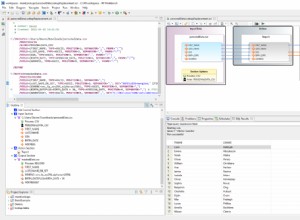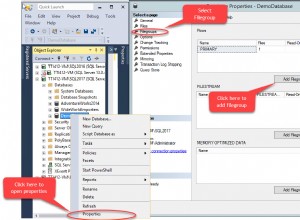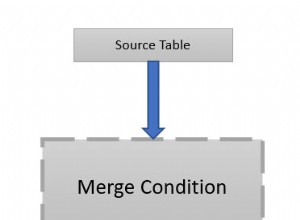Możesz użyć cte rekursywnie, aby usunąć ciągi.
declare @T table (id int, [text] nvarchar(max))
insert into @T values (1, 'Peter ([email protected]) and Marta ([email protected]) are doing fine.')
insert into @T values (2, 'Nothing special here')
insert into @T values (3, 'Another email address ([email protected])')
;with cte([text], email)
as
(
select
right([text], len([text]) - charindex(')', [text], 0)),
substring([text], charindex('(', [text], 0) + 1, charindex(')', [text], 0) - charindex('(', [text], 0) - 1)
from @T
where charindex('(', [text], 0) > 0
union all
select
right([text], len([text]) - charindex(')', [text], 0)),
substring([text], charindex('(', [text], 0) + 1, charindex(')', [text], 0) - charindex('(', [text], 0) - 1)
from cte
where charindex('(', [text], 0) > 0
)
select email
from cte
Wynik
email
[email protected]
[email protected]
[email protected]




